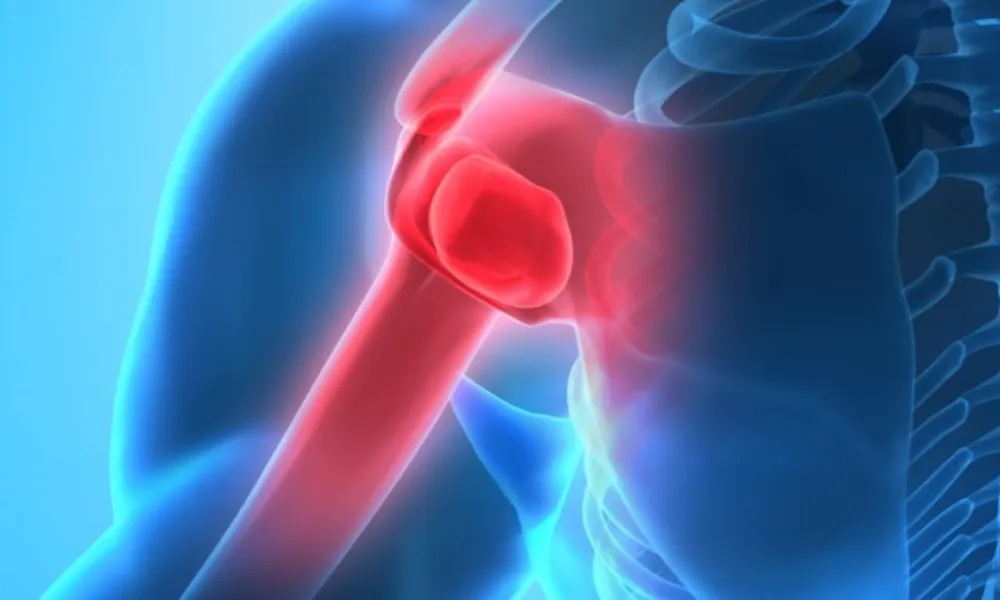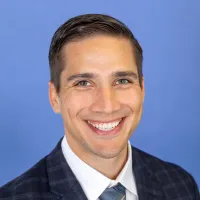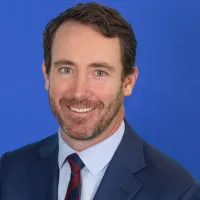
Rotator Cuff
Rotator Cuff
What is the Rotator Cuff?
The rotator cuff is a group of four muscles and tendons that surround and cover the top of the upper arm bone (the humerus). These muscles and tendons work in concert to help to move and stabilize the shoulder thus giving us the ability to reach, lift and throw a ball.
Rotator cuff tears are a common cause of shoulder pain and disability. Rotator cuff tendons tears can occur as the result of single traumatic injury such as a fall heavy lifting. Most rotator cuff tears, however, are the result of "wear and tear" and aging changes that significantly weaken the tendons thus placing them at increased risk for injury.
What are the Symptoms of a Rotator Cuff Tear?
Individuals with rotator cuff tears usually experience shoulder pain and weakness. Symptoms may develop right away after an injury, such as a lifting stress or a fall on the affected arm. Shoulder pain and loss of function may be more gradual in onset when associated with long-term wear. Most patients with rotator cuff tendon failure experience pain in the front of the shoulder that often radiates down into the arm. At first, the pain may only be present with lifting and overhead activities. Over time, as the rotator cuff tear enlarges, patients may experience pain with no activity at all and at night.
Common signs of a rotator cuff tear include:
- Shoulder and arm pain when raising and lowering the arm
- Weakness when lifting or rotating the arm
- A painful "snapping" or "cracking" sensation when moving the arm in certain positions.
How is a Rotator Cuff Tear Diagnosed?
The diagnosis of a rotator cuff tear is based on symptoms, physical examination, proper X-rays, and specialized imaging studies. Your doctor may order X-rays to rule out boney abnormalities. Plain x-rays of a shoulder with a rotator cuff tear are usually normal, or may show a small bone spur.
The diagnosis of a rotator cuff tear is most often confirmed by MR Imaging. MR Imaging studies can better evaluate soft tissue structures, such as the rotator cuff tendon. An MRI can provide valuable information regarding how large the tear is as well as its location.
Can A Rotator Cuff Tear Heal?
Rotator cuff tears that extend through the full thickness of the rotator cuff tendon cannot heal by themselves. The muscles attached to the tendons pull the tear edges apart. Continue use of the shoulder often causes the tear to enlarge. As a result, rotator cuff tears usually get worse over time leading to greater pain and disability.
Non-Surgical Options
In some instances, non-surgical treatment can provide pain relief and can improve the function of the shoulder. This is considered only for the treatment of chronic tears that have occurred through tendon tissue that is worn and thin that may not be of adequate quality and quantity to be successfully repaired.
Non-surgical treatment options usually include:
- rest and activity modification
- anti-inflammatory medication
- gentle strengthening and flexibility exercises
Surgical Treatment
When rotator cuff tears are relatively new, the opportunity to repair the tear and restore the shoulder strength and comfort is very good.
Your orthopedic surgeon may recommend surgery if:
- non-surgical treatment does not relieve symptoms of shoulder pain
- the tear has just occurred
- the patient is young or very active
How is the Rotator Cuff Repaired?
The goal of the rotator cuff repair surgery is to securely
attach the tendon to the bone from which it was torn. The type of
surgery chosen depends upon several factors. A partial tear (a tear
through only a portion of the normal thickness of the tendon) may
require only a trimming or "smoothing" of the frayed tendon fibers. A
"complete " tear (a tear through the entire thickness of the tendon)
usually occurs where the tendon inserts into bone. These tears require
repair directly to bone.
Most rotator cuff repairs are performed on an outpatient basis.
In general, three techniques are available for surgical repair.
These include:
- Arthroscopic repair
A pencil sized fiber-optic camera attached to a television monitor allows the surgeon to examine, debride, and repair the rotator cuff tear using narrow instruments under video control. This is conducted through small incisions approximately ¼ inch in length. Some studies have demonstrated a higher failure rate after arthroscopic rotator cuff repair surgery. - Mini-Open Repair.
The rotator cuff tear is repaired through a limited length incision usually measuring 1.5 to 2.0 inches in length. This is accomplished by employing newer techniques and instruments. - Open Surgical Repair.
This more traditional technique is often required to fully address large and complex tears or if additional procedures such as a tendon transfer are needed.
An important goal of surgery is to ensure smooth passage of the repaired cuff beneath the overlying bony shelf known as the acromion. This often requires the removal of bony prominences from under surface of the acromion thereby providing greater room for smooth clearance of the repaired cuff.
How Effective is Rotator Cuff Repair Surgery?
Rotator cuff surgery usually results in significantly improved shoulder function and comfort that is reliable and long lasting. After rotator cuff repair surgery, 80% to 95% of patients achieve pain relief as well as improved strength. The effectiveness of the procedure depends on many factors including the health and motivation of the patient as well as the condition of the shoulder at the time of surgery. It is important to recognize that surgery cannot improve the basic quality of tendon tissue. Chronic or massive rotator cuff tears are often severely scared and retracted. These tears may be irreparable. Even when the tendon defect cannot be fully repaired, removal of the scarred tendon and bony prominences can result in significantly improved shoulder comfort.
Surgical Risks
The risks of rotator cuff surgery include, but are not limited to, infection, injury to nerves and blood vessels, stiffness of the joint, re-tear of the repaired rotator cuff, and persistent pain.
Preparation For Surgery
Patients should optimize their health to improve their chances of a successful outcome. Smoking should be stopped and not resumed for at least 3 months afterwards. Smoking interferes with the healing of the rotator cuff and the ultimate strength of the repair.
Before surgery, you may require medical clearance from your regular doctor if you have medial problems. You may be required to obtain some basic tests for screening before the surgery. Basic blood tests, a chest x-ray, and an EKG may be required depending on your health.
Our Goal
In the hands of an experienced surgeon, rotator cuff surgery can greatly improve the comfort and function of shoulders compromised by rotator cuff disease. Typically patients experience marked improvement in the ability to sleep, perform usual activities of daily living, and return to many recreational activities. Barring subsequent injuries, the benefit of rotator cuff repair can last for decades.
The Shoulder Team Surgeons at Proliance Orthopedic Associates will take every measure to ensure your success.
Our Providers
-
Shoulder
- Rotator Cuff Tears
- Some Helpful Hints for Humerus Fractures
- Shoulder Pain From Rotator Cuff Tears
- Shoulder Arthritis
- Rotator Cuff Repair Surgery
- Rotator Cuff Exercises-Stretches
- Frozen Shoulder
- Common Shoulder Problems
- Broken Collarbone





